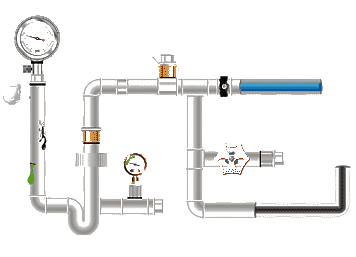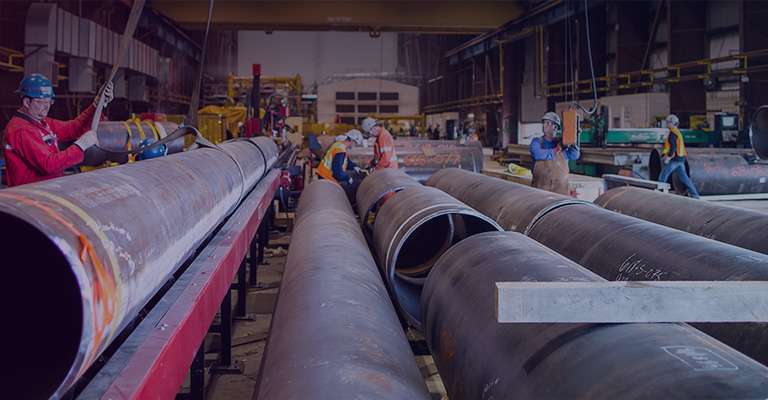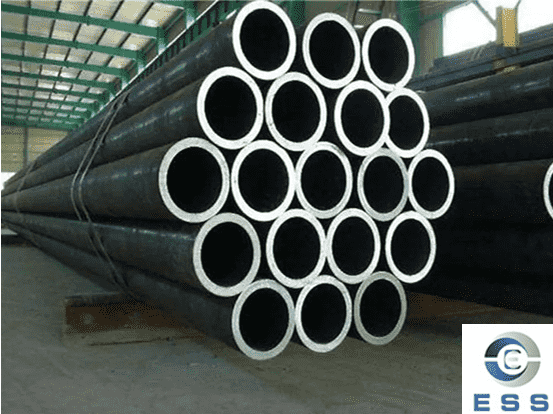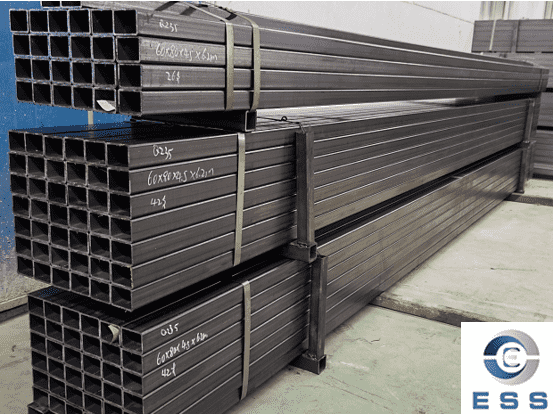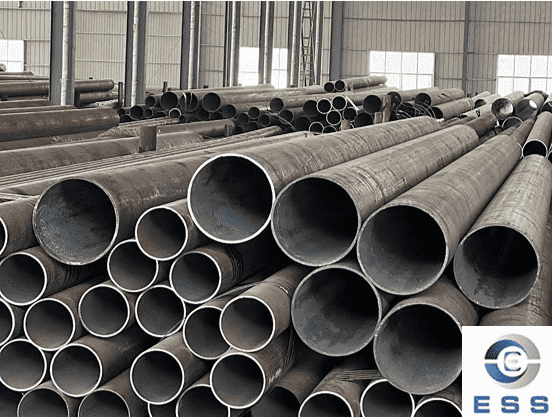Hot finished is a processing method that
causes metal materials to undergo plastic deformation and recrystallization at
the same time under conditions above the recrystallization temperature. Hot
finished usually includes casting, forging, welding, heat treatment and other
processes. Hot finished can change the structure of metal parts while forming
them or change the established state of formed parts to improve the mechanical
properties of the parts.
Main processes of hot finished
1. Casting
Casting is a process that forms a product
of a specific shape by pouring molten metal into a mold and waiting for it to
cool and solidify. This method is widely used to manufacture various metal
parts, especially those with complex shapes and internal structures. The key
steps in the casting process include mold design, metal melting, pouring,
cooling and demolding. The advantage of casting is that it can manufacture
parts with complex shapes and high material utilization. However, casting also
has some limitations, such as defects such as pores and inclusions that may
appear inside the product, affecting the mechanical properties of the product.
2. Forging
Forging is a process that applies pressure
to metal at high temperature to cause it to undergo plastic deformation to
obtain the desired shape and size. This method is mainly used to manufacture
important parts that bear large loads and high strength requirements, such as
automobile crankshafts, connecting rods, etc. Forging can improve the density
and mechanical properties of metals and reduce or eliminate defects inside
metals. However, the forging process consumes a lot of energy and requires a
large investment in equipment.
3. Welding
Welding is a process that melts two or more
parts of a metal joint and then cools and solidifies them into a whole. This
method is widely used in the manufacture and repair of various metal
structures, such as bridges, buildings, ships, and automobiles. The main
advantage of welding is that it can connect different types of metal materials
together to form an integral structure. However, defects such as cracks, slag
inclusions, and pores may occur during the welding process, and strict control
of welding process parameters and operating skills is required.
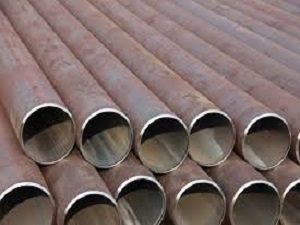
Hot finished seamless steel pipe
Hot Finished Seamless (HFS) as differentiated from Cold Drawn Seamless (CDS) pipes and tubes are made by heating a solid billet or bloom and then punching or piercing it to make a hollow out of it. This hollow is subsequently passed through one or multiple stands with or without a tool inside to give it the final pipe or tube dimensions.
It is possible to manufacture large diameter and thick pipes of various grades in high volume through the HFS process. With the improvement in technology, HFS pipes & tubes now come with close dimensional tolerance & good surface finish.
HFS tubing is a cost effective alternative to cold drawn with a wider tolerance range. Hot Finished Seamless mechanical tubing is manufactured to OD and wall dimensions.
Benefits of hot finish seamless (HFS)
1. Cost effective heavy wall tubing.
2. Easy Machinability.
3. Excellent candidate for most processing techniques.
4. Wide range of sizes available.
Differences between cold finished and hot
finished of seamless pipes
1. Processing temperature
Hot finished is carried out at a
temperature higher than the recrystallization temperature, such as hot rolling
tube production, the tube blank needs to be heated to a higher temperature; cold
finished is operated at a temperature lower than the recrystallization
temperature, such as cold drawing and cold rolling.
2. Processing effect
Hot finished can improve the cast structure
of metal, refine grains, eliminate internal defects, improve metal plasticity,
and produce seamless pipes with larger sizes and relatively average surface
quality; cold finished can significantly improve the dimensional accuracy and
surface finish of steel pipes, and improve the mechanical properties of
materials, such as increasing strength and hardness, but it will cause work
hardening of metals and reduce plasticity.
3. Scope of application
Hot finished is suitable for the production
of large-diameter seamless pipes with low dimensional accuracy requirements; cold
finished is often used to manufacture high-precision, small-diameter seamless
pipes to meet the needs of industries such as machinery manufacturing and
precision instruments.
Applications of hot finished pipes & tubes
HFS tubing is made from 1020/1026 steel, meets ASTM A519 & A106 standards, cut to length service available. HFS tubes are for high pressure and heavy duty applications that require strength. They are used in a broad range of applications, including hydraulic cylinders, drilling equipment, bushings, spacers, axles, rollers and casings.
Read more: Steel pipe heat treatment process-Annealing or Steel pipe heat treatment process-Quenching









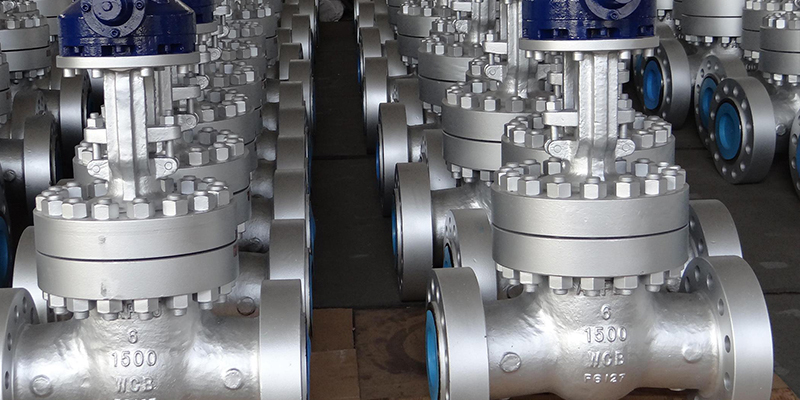
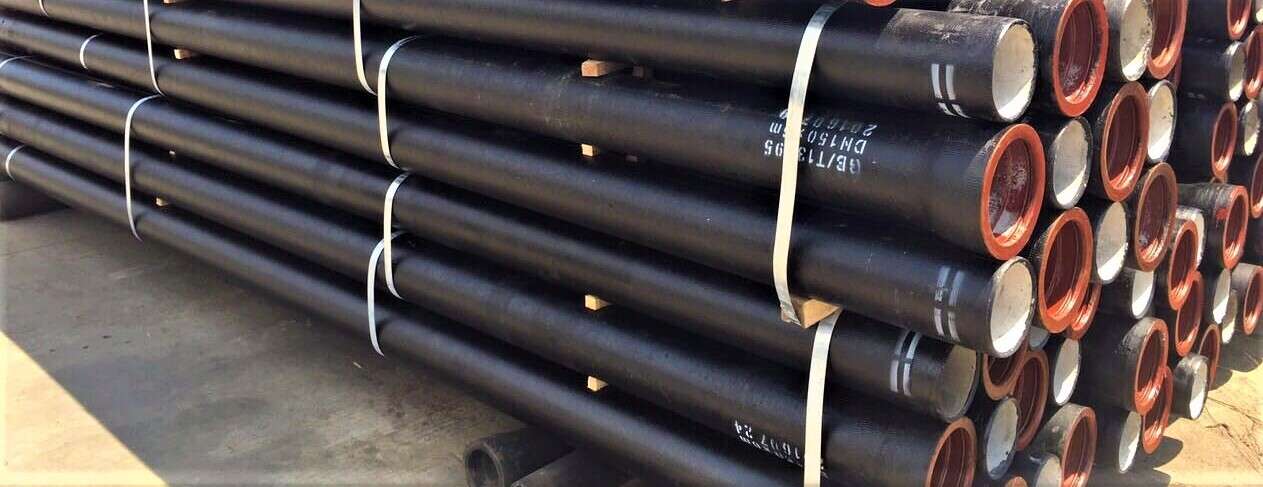


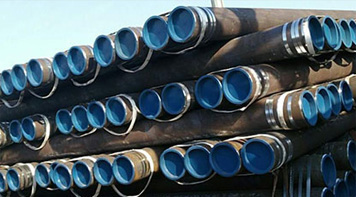 Eastern Steel Manufacturing Co.,Ltd not only improve product production and sales services, but also provide additional value-added services. As long as you need, we can complete your specific needs together.
Eastern Steel Manufacturing Co.,Ltd not only improve product production and sales services, but also provide additional value-added services. As long as you need, we can complete your specific needs together.
